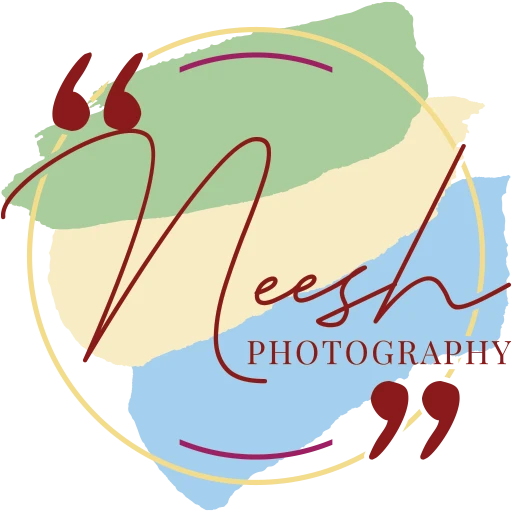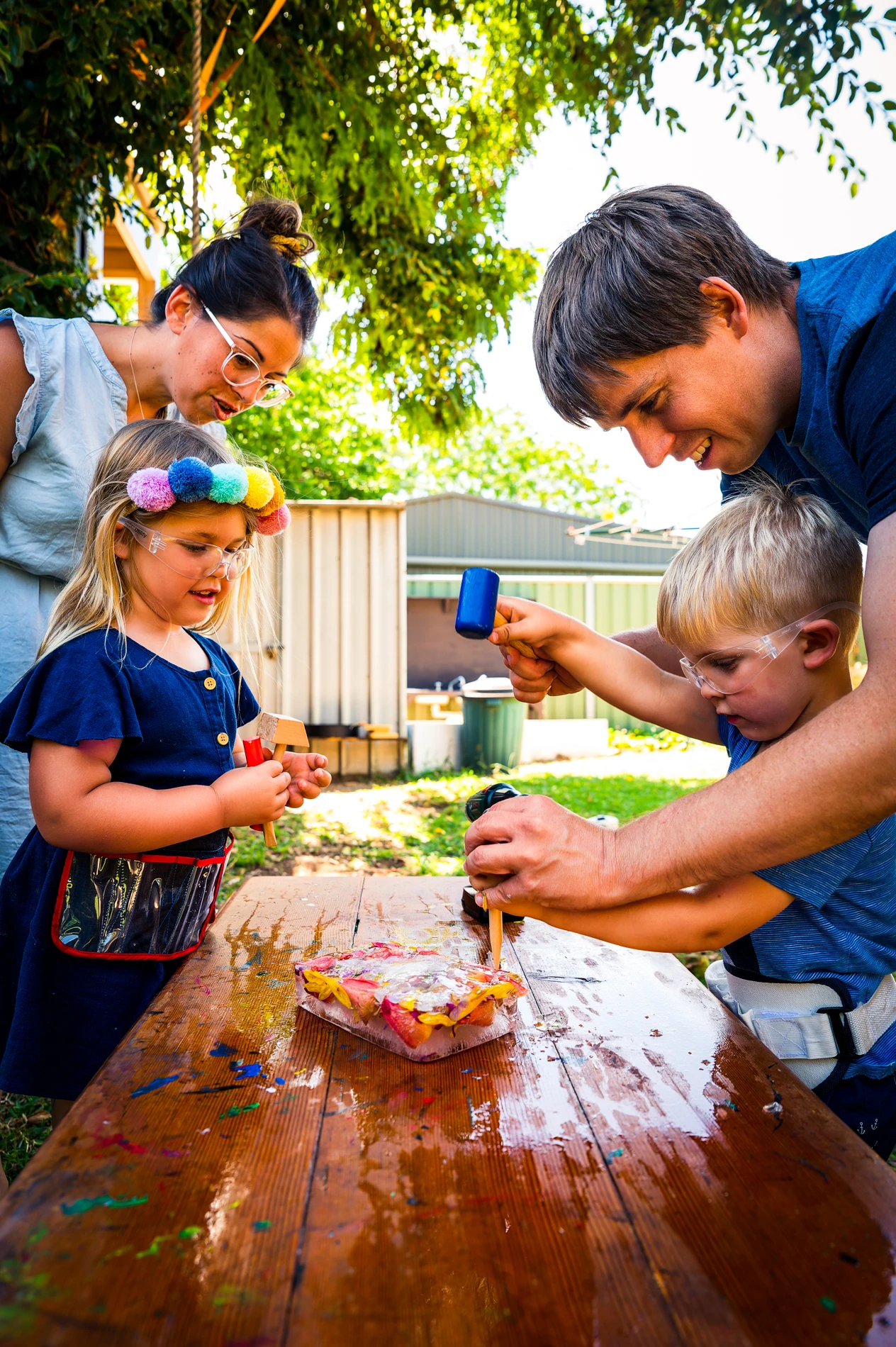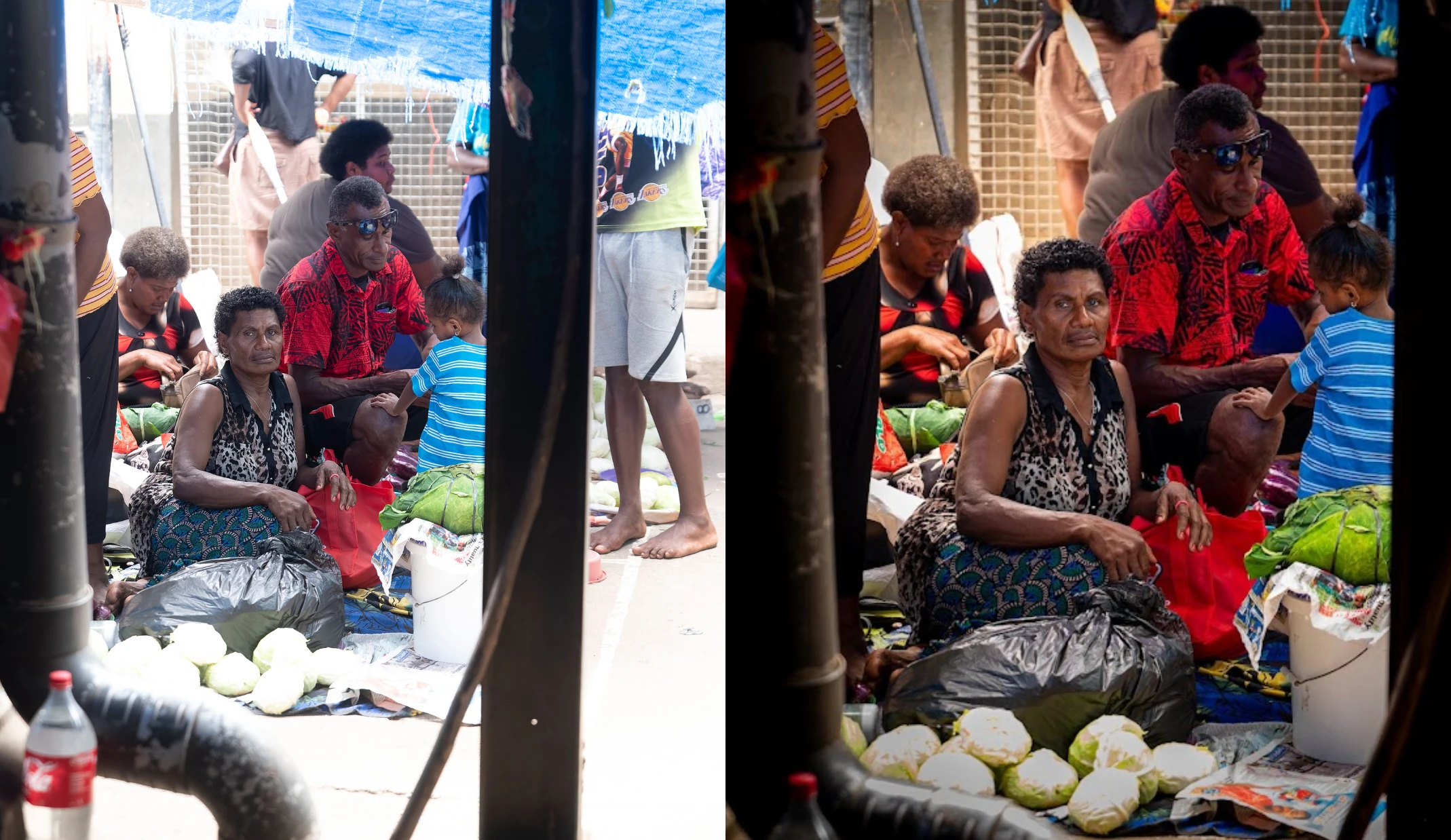8th August, 2025
Navigating the world of professional photography can be a daunting task for anyone looking to make a booking. Whether you’re planning a wedding, a family portrait session, or needing headshots for your business, your choice of photographer can have a tremendous impact on the success and satisfaction of your project. Sure, you can Google ‘Photographers near me’ and browse some pretty awesome websites, but beyond just looking at pretty pictures, it can help to recognise key “green flags” and “red flags” during your search. This guide will help you identify those crucial indicators, ensuring you make an informed decision that leads to beautiful results.
Green flags: Finding your Ideal Photographer
Any photographer can likely meet your particular preferences and needs, but you’ll want to identify what you’re looking for and note red and green flags ahead of sending through inquiries. Photography is an over-saturated field, so this approach can help narrow your search. These green flags will shift depending on your particular situation, so take it all with a grain of salt, and when in doubt, reach out and ask! However, these positive indicators should give you confidence and signal that you are likely engaging with a professional dedicated to their craft and clients.
A Clear and Accessible Visual Portfolio
Why it’s Crucial:
The first, and often most telling, indicator of a photographer’s skill and style is their portfolio. This is their visual resume, showcasing their best work and giving you an immediate sense of what they are capable of delivering. A photographer who is proud of their work will make it effortless for you to view it. This could be a prominent page on their website, or a well-kept Instagram grid. Of course, sometimes photographers are busy and their socials fall behind, so don’t be afraid to ask for examples of their work via email or direct message.
What to Look For:
Consistent Quality and Style Across All Work
Why it’s Crucial:
Beyond just the highlighted “best shots” in a portfolio, a truly professional photographer shows consistency across a broader range of their work. This indicates a mastery of their craft, rather than just occasional good luck. It means they can replicate their success under various conditions. Although if you’re in a position to take a chance on a developing photographer, take it! Practice makes perfect, and learners are often cheaper, enthusiastic and flexible.
What it Means:
You should see a uniform level of technical execution (focus, exposure, white balance) and artistic vision (composition, colour grading, post-processing) in most of their presented images. This consistency builds trust because you know what to expect.
Transparent and Prompt Communication
Why it’s Crucial:
Communication is the bedrock of any successful client-service provider relationship. A photographer who communicates clearly and promptly shows respect for your time and professionalism in their business operations.
What to Look For:
Clear Contract and Policies
Why it’s Crucial:
A detailed, understandable contract is not just a formality; it protects both you and the photographer. It outlines expectations, deliverables, and contingencies, preventing misunderstandings down the line.
What it Should Include:
Red Flags: Warning Signs to Heed When Choosing a Photographer
Just as there are indicators of professionalism, there are also warning signs that should make you cautious. Ignoring these “red flags” can lead to dissatisfaction, stress, and wasted money.
No Accessible Portfolio or Limited/Inconsistent Samples
Why it’s a Major Concern:
This is arguably the biggest red flag. If a photographer cannot (or will not) show you a comprehensive body of their work, it raises serious questions about their experience, skill, or even legitimacy.
What it Looks Like:
Aggressive Sales Tactics or Unnecessary Pressure
Why it’s a Concern:
While photographers need to run a business, overly aggressive sales tactics often prioritise a quick booking over understanding your needs. This can lead to feeling rushed and making choices you later regret.
What it Looks Like:
Unrealistic Promises or Guarantees
Why it’s a Concern:
Photography involves many variables—lighting, weather, subject cooperation, unforeseen circumstances. A professional understands these limitations. Anyone promising absolute perfection in every single shot, or guaranteeing specific, highly controlled outcomes (e.g., “every child will smile perfectly”), might be over-promising.
What it Looks Like:
Lack of Clear Pricing or Vague Information
Why it’s a Concern:
Transparency in pricing is vital. If a photographer is evasive about costs, forces you into a sales call before giving any figures, or provides only vague package descriptions, it’s a red flag for potential hidden fees or future disagreements.
What it Looks Like:
Unprofessional Communication or Behaviour:
Why it’s a Concern:
How a photographer communicates reflects their overall professionalism and how they might handle your actual project. If they are difficult to reach or interact with, imagine the stress during a crucial event.
What it Looks Like:
By being aware of these green lights and red flags, you empower yourself to make an informed decision. Take the time to do your due diligence, thoroughly review portfolios, ask probing questions, and trust your gut. Your cherished memories and important projects deserve to be captured by a professional who instills confidence every step of the way.






